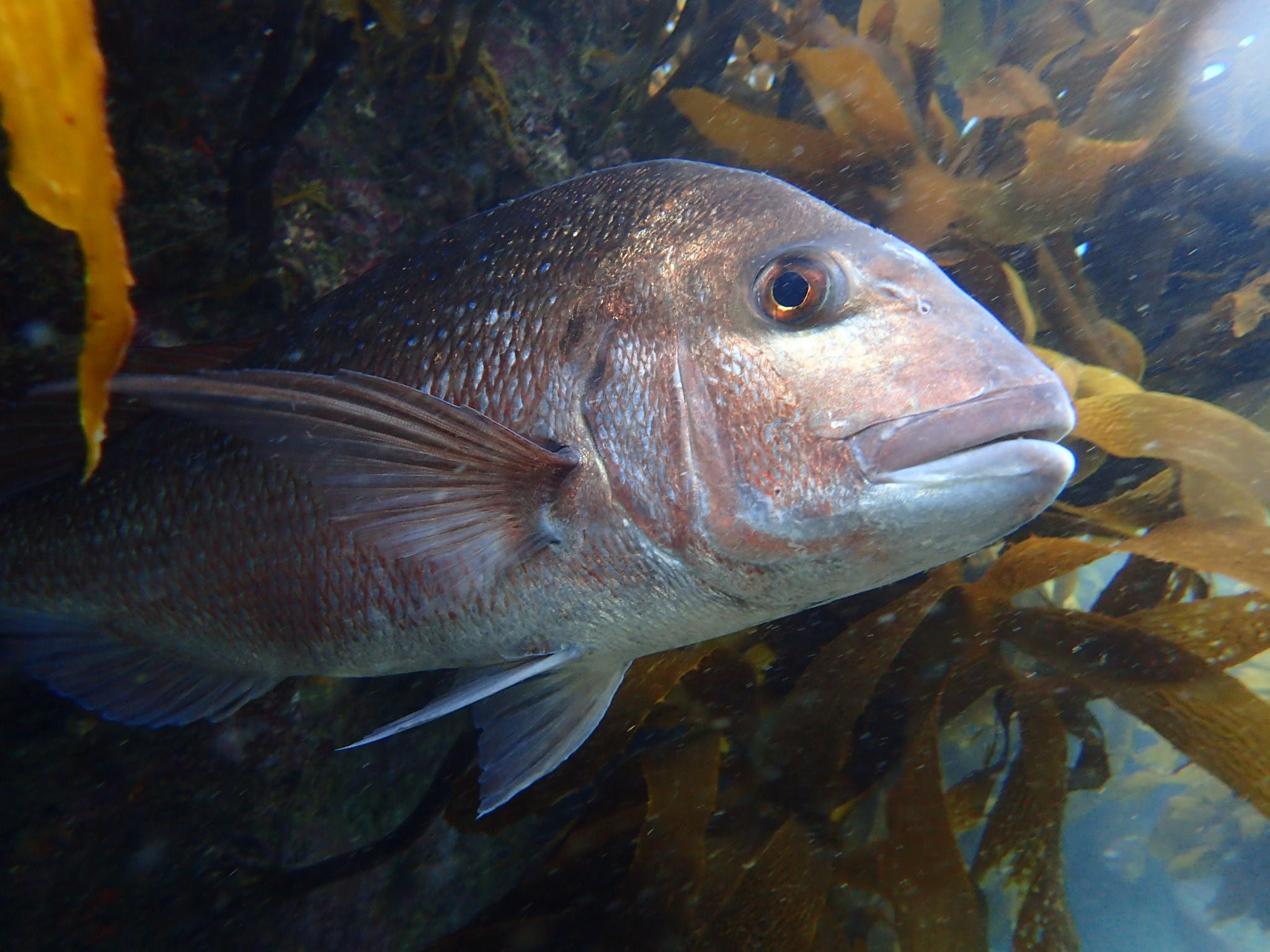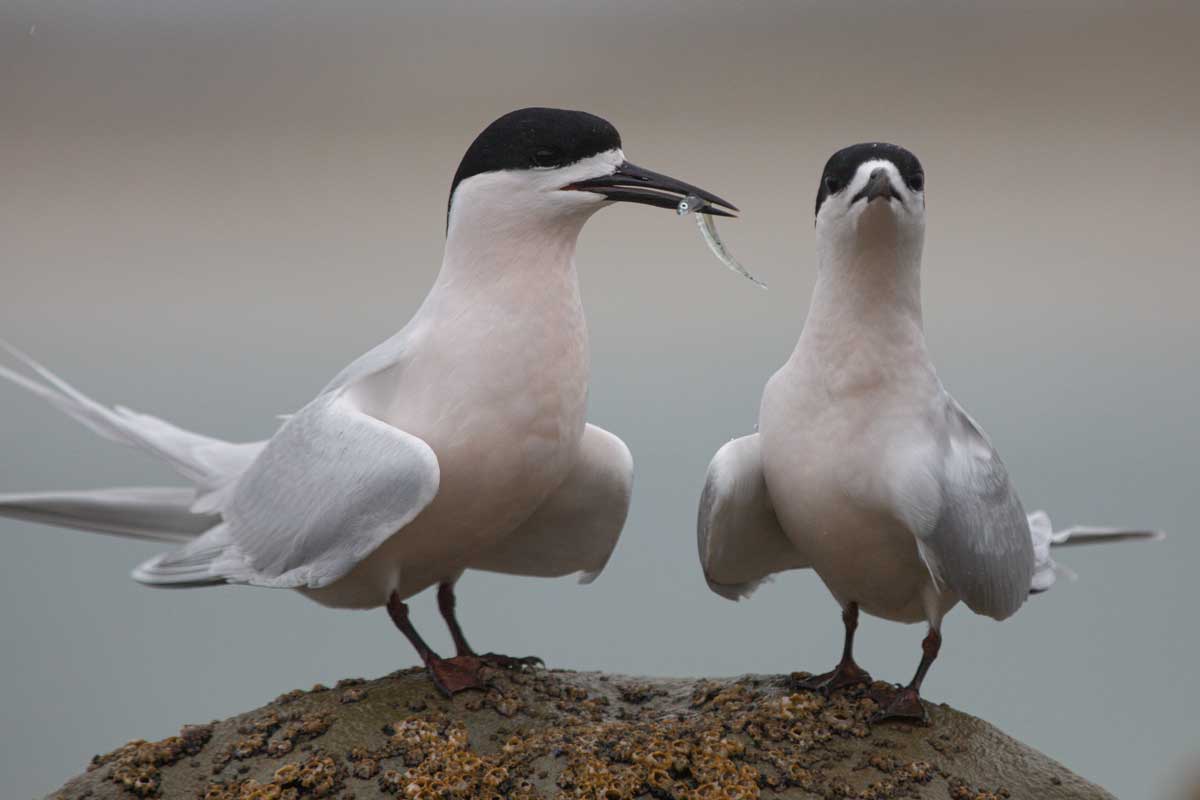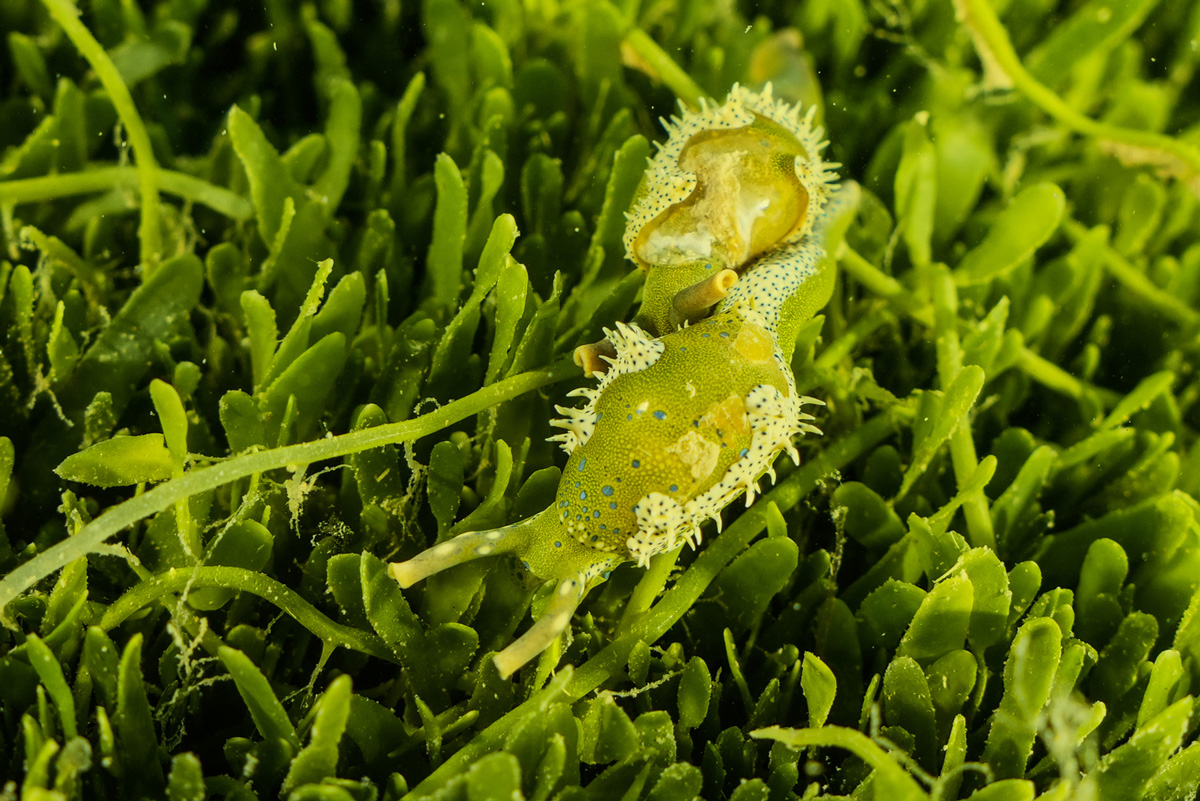Changes to the daily recreational fishing limits on finfish brought good news for the hundreds of fish species without a daily catch limit – closing a regulatory loophole that allowed open season for hundreds of finfish species and saw some recreational fishers taking thousands of fish in a single day. Recreational fishing rules and regulations ensure that the harvesting of fish and shellfish populations is sustainable and remains viable for generations to come. But policies such as these are only effective when people adhere to the rules, and non-compliance to fishing rules is a significant issue worldwide, including in the Hauraki Gulf/Tīkapa Moana/Te Moananui-ā-Toi.
In a shocking case published by the media on 17 May 2022, Ministry for Primary Industries (MPI) fishery officers have caught five recreational fishers with 45 times the legal daily limit of snapper in a routine boat ramp inspection at Half Moon Bay, of which 95 of the snapper were undersized. Illegal fishing activity takes a significant toll on the economy, undermines management and sustainability, and threatens the integrity of marine ecosystems.
The health of the Gulf is in a dire state and reversing human impacts on the ecosystem requires a collective effort between all stakeholders that use the Gulf. Given the impact of recreational fishing on fish and shellfish stocks, achieving high compliance with fishing rules is an absolute must to restoring the mauri of the Hauraki Gulf marine ecosystem.
Here, we look at what recreational fishing surveillance and enforcement currently look like in the Hauraki Gulf, what technologies can assist in the fight against illegal fishing going forward, and the importance of educational outreach in changing the attitudes of recreational fishers to encourage high compliance.
Current compliance framework for recreational fisheries management in the Hauraki Gulf
International research shows that marine protected areas (irrespective of the level of protection) only work when strong surveillance and enforcement are written into management frameworks to achieve high compliance with the fishing rules and regulations.
MPI manages all types of fisheries in Aotearoa New Zealand, including surveillance and enforcement of the fishing rules.
Approximately 20 full-time fishery officers patrol the Hauraki Gulf region, supported by 40 honorary fishery officers. Fishery officers perform routine boat ramp, beach, and on-the-water inspections of recreational catch. Patrols occur almost every day, including on weekends and public holidays and during the night. Occasionally, MPI fishery officers join forces with the New Zealand Defence Force to perform aerial patrols. The Police Maritime Unit sometimes assists MPI with monitoring and enforcement of fishing rules. In addition, there are plenty of responsible fishers who raise the alarm when they suspect foul play by providing intelligence to fishery officers using their 0800 4 POACHER hotline.
The less serious offences result in warnings or instant infringement notices of between $250 to $500. In addition, MPI will prosecute and place the matter before the courts in more serious cases. Another example of a serious case was from November 2021 when fishery officers caught five fishers in East Auckland with 99 snapper (64 snapper over their combined total catch), including 38 fish under the undersize, resulting in the seizure of their vessel.
Andre Espinoza, the MPI regional manager of Fisheries Compliance, West North Island, says that the most common issue with non-compliance in the Hauraki Gulf is the illegal harvesting of shellfish in regions such as Eastern Beach and Cockle Bay – which is prohibited and well sign-posted. Poorly constructed and abandoned set-nets are also a cause of ongoing frustration to fishery officers, who often recover nets that have unnecessarily killed many fish.
Given the high mortality rate of non-target species and the challenge of tracing illegal nets back to the perpetrator, it is highly questionable whether set nets should still be a legal fishing method. A recent example involved a 120 m long set net discovered in Motu Manawa-Pollen Island Marine Reserve on 2 February 2021, which had caught and killed sharks, seabirds, and eagle rays.
Surveillance technologies
The Hauraki Gulf Marine Park/ Ko te Pataka kai o Tikapa Moana Te Moananui a Toi encompasses 1.2 million hectares. On a favourable summer’s day, up to 6 900 recreational boats harbouring approximately 21 000 fishers can be on the water. In addition, with around 169 boat ramps, several moorings and marinas, and a vast expanse of coastline suitable for beach launching, there is much room for illegal fishing activity to go undetected in the Hauraki Gulf. Given that fishery officers cannot be everywhere, advanced technologies already used in marine science research, combined with artificial intelligence (AI), would provide invaluable support to MPI fishery officers, who work around the clock to protect our marine resources.
Smart buoys
Marine scientists use acoustic technology to study many facets of marine ecology due to sound’s critical role in shaping the underwater world.
Researchers are now leveraging the power of acoustic technology through the development of smart buoys fitted with hydrophones and an AI system to monitor illegal fishing activity within marine reserves remotely, which poachers regularly target at night.
Phase one of the project was funded by G.I.F.T. Researchers from the University of Auckland, and Ocean Instruments developed the Taringa, Māori for ear – a functioning buoy capable of recording underwater sound and detecting boat sound and transmitting this information to the cloud in real-time. The research team also tested a simple AI system to be further developed in phase two.
Phase two of the project aims to make the smart buoy a fully functioning monitoring tool by developing an AI system capable of detecting boat sound and classifying the vessel type based on sound. The University of Auckland is currently on the hunt for a PhD student to develop the AI system for the Taringa, which Live Ocean will fund.
Drones
While not currently in use here in Aotearoa New Zealand for illegal activity, drones or unmanned aerial vehicles (hereafter referred to as drones) powered by a sophisticated AI system are an efficient tool for monitoring illegal fishing activity remotely. AI-powered drones are increasingly being used to study marine wildlife, such as Māui and Hector’s dolphins. They are a cost-effective alternative to using an aircraft, which is costly and requires trained observers, and the data are less prone to errors in detection and identification. Using drones with an AI system capable of classifying vessels by their type and activity is an attractive means for monitoring vast coastal regions and detecting illegal activity with high accuracy, thus prompting an on-the-ground investigation. In addition, drones are a great deterrence tool as consistent aerial patrols result in a higher probability of being caught red-handed, thus keeping people accountable for their actions.
Education outreach
Approaches to recreational and commercial fisheries management are similar in that they are based on regulatory tools, such as catch limits and effort regulation. Therefore both frameworks depend on high compliance to be successful. However, achieving high compliance among recreational fishers using the same tools used in commercial fisheries is problematic due to the participation of many recreational fishers and the diffuse spatial nature of the recreational fishing activity. The costs of regular surveillance and enforcement and the difficulties in determining the catch levels with accuracy highlight the need for recreational fisheries frameworks to include additional compliance tools. International research illustrates the power of educational outreach in recreational fisheries management.
MPI does a wide range of educational work, such as presenting the fishing rules at various boat clubs and schools and working closely with Kaitiaki and different community groups. Educational programmes that inspire kaitiakitanga (guardianship and protection of the environment) among the recreational fishing community are essential for effective recreational fisheries management.
Enforcement needs to be backed up with substantial penalties.
Non-compliant behaviour occurs along a sliding scale from minor to serious offences. In addition, non-compliance might be unintentional, e.g., taking more fish than the daily limit after a recent amendment of a policy, or deliberate, involving a conscious and coordinated effort to catch a high valued species and break multiple fishing rules in the act.
Research shows that strong enforcement consists of four components: a high likelihood of detection, a high likelihood of arrest given detection, a high likelihood of prosecution given arrest, and a high likelihood of conviction given prosecution. Therefore, heavy fines, definite prosecution, and a serious stance on illegal fishing activity by the courts are critical for fulfilling the enforcement criteria. However, the last three areas of our framework need improvement, which is highlighted in the Half Moon Bay case, where the fishers are only “likely” to face prosecution.
How can you help?
- If you suspect illegal fishing activity, you can report it to the 0800 4 POACHER hotline (0800 47 62 24).
- Check out the recreational fishing rules for the Auckland area here.
- Download the free NZ fishing rules app to follow the national and regional fishing rules and regulations.
- Attend educational talks and programmes.
- Share your knowledge and passion for the environment with your friends and family – knowledge is power; use it to nudge your mates towards complying with the fishing rules.





